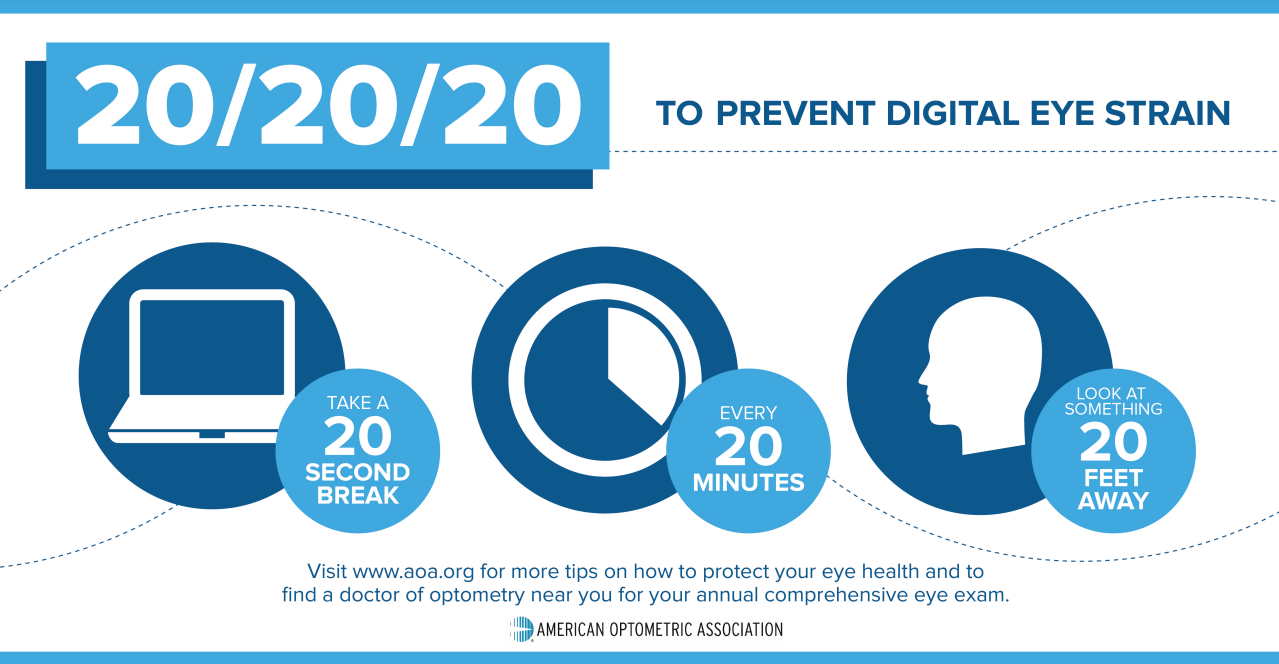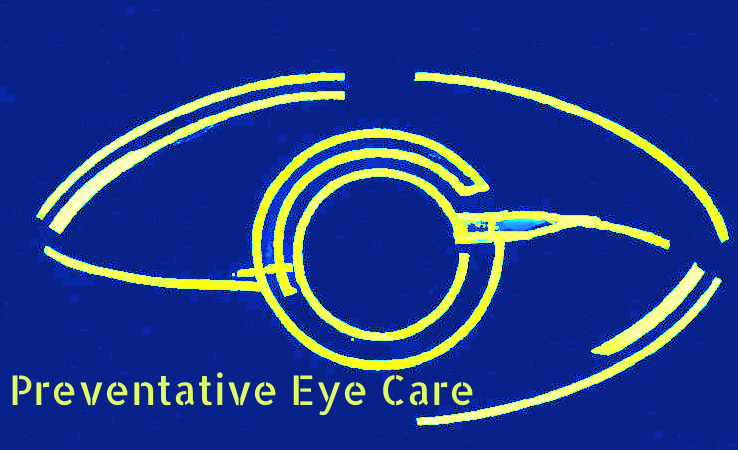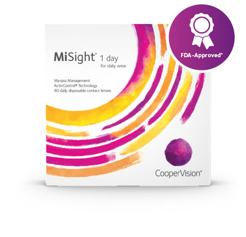The Myopia Pandemic
There is a pandemic happening right now.
The Myopia Pandemic.
Never heard of myopia?
Well myopia is the medical term for nearsightedness, which is basically all the people who wear glasses or contacts because they can’t see far away.

What causes nearsightedness?
Near work. You know… looking at your computer, your phone, a book, anything closer than 20 feet, which is what your glasses or contact prescriptions are set to. If you have 20/20 vision, that means you can see a letter on the Snellan eye chart when you are standing 20 feet away and the letter forms an angle of 5 arc minute (1 arc minute is 1/60 of a degree). Sorry that was very technical. Eye doctors perform visual acuity tests at 20 feet, which is what your prescriptions are set for (the 20 in 20/20). Looking at anything closer than that is near work, which induces nearsightedness.
There is also a genetic component, so if you have even one parent who is nearsighted, chances are you will be too. Myopia heritability ranges from 75% to 95%!
There are environmental causes too,. Time spent indoors contributes to nearsightedness and time spent outdoors can prevent it!

The prevalence of nearsightedness exceeds 28% globally, and there are projections that approximately half of the world’s population, or 5 billion people, will have some degree of nearsightedness by 2050.
This is the biggest pandemic that nobody knows about!
I want to get the word out. And not just one patient at a time.
For years almost every patient I see gets more nearsighted every year. Blame it on cell phones, or tablets, or computers… but this is not going away. It is only going to get worse as people spend more and more of their time inside on digital devices.

How do we prevent 5 billion people from becoming nearsighted by 2050?
Preventative Eye Care Technique #1: Spend time outside!
Time spent outdoors looking 20 feet or further is associated with less nearsightedness.
Preventative Eye Care Technique #2: Don’t spend time inside!
Time spent indoors looking closer than 20 feet is associated with more nearsightedness
Preventative Eye Care Technique #3: The 20/20/20 Rule
For every 20 minutes doing near work, look 20 feet away for 20 seconds. 
Preventative Eye Care Technique #4: Corneal Refractive Therapy (CRT) aka Orthokeratology aka Ortho-k aka braces for your eyes
This is when I design a contact lenses for patients to wear at night that reshapes the front of their eyes so when they take them off in the morning they can see all day without having to wear any glasses or contacts. And if you wear these contact lens every night, it will actually prevent your prescription from getting worse by keeping the shape of the front of your eye from changing. This allows me to prevent prescriptions before they happen, instead of just correcting prescriptions as they get worse. I’ve fit all my kids into ortho k lenses because there is no way I am allowing my kids to get degenerative myopia when I am an eye doctor capable of preventing it. I am passionate about preventing my kid’s prescriptions, and I feel like other parents would be to, if they knew that it was possible. Well it is. And it is also possible for these parents to wear ortho-k lenses as well, which has been a popular request amongst the parents of the children I have fit into ortho-k lenses. I wear ortho-k lenses myself, because I also do not want my prescription to get worse. My own experience fitting myself into these lenses in optometry school and then fitting my kids in these lenses is what got me into preventative eye care in the first place. Over the last 10 years of me fitting ortho k lenses, the patients that I fit into ortho k prescriptions tend to stay stable compared to everyone else. Most of my patients wear single vision glasses or soft contact lenses and their prescriptions tend to go up almost every year. So now I’m telling everyone that their prescriptions are preventable with ortho k lenses. By the way, these are custom designed rigid gas permeable lens that are approved for overnight wear. These are not soft contacts. Don’t ever sleep in soft contacts! It is the number one reason my patients come in with eye infections. Soft contacts are like 99% water which makes them a great breeding ground for bacteria when you are sleeping. Rigid gas permeable lenses are 0% water, so bacteria cannot survive in the lens. Rigid gas permeable lenses are hard contacts, which have lost popularity since the invention of soft contact lenses, which I think is planned obsolescence at its worst. But I am bringing hard contacts back. I want to make hard contacts great again. Here’s some cool videos of how ortho k works from Coopervision and Johnson & Johnson, two of the companies that makes these lenses:
Preventative Eye Care Technique #5: Atropine Eye Drops

News article about Atropine
These are basically the dilating drops that eye doctors put in your eyes to dilate them during your eye exam. In low doses, they have been shown to slow down the progression of nearsightedness. I am not a huge fan of atropine because when I used it on my son Asher, I had to chase him down and pin him to the ground in order to get the eyedrops in because he was such an unwilling participant in my efforts to keep him from going blind in one eye. My son Asher was born with a congenital ptosis in his left eye which induced a large prescription by the time he was 3 months. At first, his ophthalmologist at Boston Medical Center recommended eye surgery, but my mom insisted that he wait because general anesthesia under 3 years old can negatively impact brain development. So, she dragged her friend the chairman of the ophthalmology department into our exam room to change our treatment plan, so he didn’t have the surgery until he was 8 years old. But between he was 3 months and 8 years old, I tried every amblyopia (lazy eye) and myopia prevention treatment I knew of to prevent him from getting a higher prescription or going blind in his left eye from amblyopia. It was really hard, for both of us, but I was able to keep his prescription from progressing. And that’s how I got into preventative eye care.
Preventative Eye Care Technique #6: Multifocal Soft Contacts
These contact lenses correct your nearsightedness as well as slow down it’s progression. However, they have not come out in astigmatism corrections yet, and many of my patients have astigmatism.
My son Asher tried these before I fit him into ortho k lenses. Unfortunately, I got a call from his school nurse saying that he had taken his soft contacts out and was showing it to other kids on the playground so I decided to switch him to ortho-k so I could always monitor him when he had his contact lenses in at night while he was sleeping.
Preventative Eye Care Technique #7: Multifocal Glasses

Glasses with a reading correction built in has also been shown to reduce the progression of nearsightedness in children. These were actually the first thing I prescribed for my son. However, he would rather hide his glasses than wear them, especially at school where he could just refuse to wear his glasses and I could do nothing about it. But for kids who like to wear glasses, this is an option. The picture above is my daughter, who is currently 3, and has loved to wear glasses since she was a little baby.
References:
Holden BA, Fricke TR, Wilson DA, et al. Global Prevalence of Myopia and High Myopia and Temporal Trends from 2000 through 2050. Ophthalmology. 2016;123(5):1036–1042.
Hiraoka, Takahiro M.D. Myopia Control With Orthokeratology: A Review, Eye & Contact Lens: Science & Clinical Practice: March 2022 – Volume 48 – Issue 3 – p 100-104
doi: 10.1097/ICL.0000000000000867
SORBARA, LUIGINA OD, MSc, FAAO; FONN, DESMOND MOptom, FAAO; SIMPSON, TREFFORD DipOptom, MSc, PhD; LU, FENGHE BMe, MSc; KORT, RICHARD BSc, OD Reduction of Myopia From Corneal Refractive Therapy, Optometry and Vision Science: June 2005 – Volume 82 – Issue 6 – p 512-518 doi: 10.1097/01.opx.0000166772.68413.0e
Atropine 0.05% over 0.01% in myopia control: study | AOA








Leave a reply